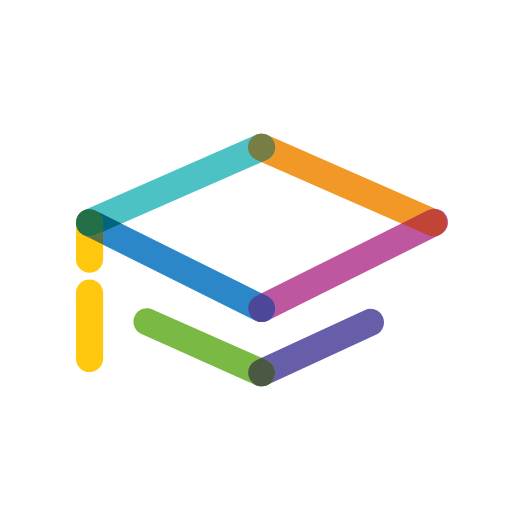Assessments have undergone the ultimate makeover. At one time, the dreaded final assessment marked the end of a course of learning and, usually, the end of planning for the trainer or instructor. Technology and e-learning have changed all that, elevating assessments as a powerful tool for modern users.
Today’s assessments can increase engagement and change behavior. They measure the knowledge and skills mastered and, at the same time, the data gathered can be employed to precisely identify overall areas of strength and weakness within a learning program. This data then helps to direct personalized learning paths–an underutilized tool in most fields. Perhaps the most benefit is realized by non-traditional or specialty industries that previously could not deliver interrelated assessments, offer custom certifications, or easily modify their learning programs.
One such example is the online assessment from the National Catholic Education Association (NCEA). Widely used throughout Catholic dioceses by school teachers and parish catechists, NCEA offers the Information for Growth (IFG) program to measure the effectiveness of both youth and adult religious education programs. Adults (teachers, catechists, and self-driven learners) use the assessment tool to identify ongoing formation needs and to receive recommended courses in a dynamically created individual learning pathway. NCEA ACRE is an assessment of faith formation programs for students and youth. The benefit for parishes, schools, and dioceses is the ability to widely measure knowledge and auto-generate reports on progress. Using these reports, leaders can make changes to improve the continuity and quality of their formation programs and more successfully deliver faith formation programs to future generations.
Another example of specialized use is OnToCollege’s ACT/SAT/PSAT Prep for individuals and schools. When preparing for the actual assessments, which can be administered online or on paper, it is essential to take a prep course that will simulate the chosen test environment. A paper and pencil practice test won’t simulate an online assessment. The data from the online practice test benefits the students through the tracking and reporting of students’ answers, time spent, and areas of strengths and weaknesses. It yields the additional benefit of guiding schools in the development of learning programs. The online prep version is frequently updated to replicate the look and feel of the actual assessment. An accurate simulation puts the students at ease through repetition and familiarity, reducing test anxiety in a high-stress environment.
The evolution of traditional learning management systems to robust training platforms with built-in authoring and easy customization has made it possible to maximize your assessments. One area of increased potential is the development of talent through personal learning paths. Through pre-assessments, frequent measurement, and customized learning, users are encouraged to share responsibility in their learning journey. Learner-specific goals are set, and data-driven recommendations are offered to help them achieve those goals. Real-time analytics provide administrators access to each learner’s progress and allows for timely adjustments as needed.
So, what can organizations do to deliver e-learning assessments and best take advantage of the benefits?
It starts with the technology. Mobile platforms offer opportunities for assessments that are immersive, interactive, gamified, and most importantly, data-rich. Because a variety of learning styles necessitates a variety of assessment techniques, look for a platform that has the capabilities and tools you need to deliver functional assessments.
-
Will you be able to create a variety of assessments in different formats as appropriate? (Such as game- or simulation-based assessments)
-
Can you develop and manage large banks of assessment questions?
-
Is there a built-in assessment/survey tool to conduct quick or in-depth assessments, polls, or surveys?
-
Do you have the ability to set a time limit on the assessment?
-
Can you scramble answers at the individual question level to maintain reliability?
-
Will you receive item analysis for each assessment question (over time) to help your instructional designers analyze question effectiveness?
-
How easy is it to update and change the content of your assessments?
Next, lay out a plan to include assessments in the entire the learning process. Place them at the beginning and end of your training as well as various checkpoints in between. In fact, start with assessments before hiring by using them in the pre-employment phase, as a recruiting tool. Using your organization’s real-world scenarios, you can assess candidates on simulated tasks and situations. This approach can identify top talent and assist in evaluating potential employees’ abilities. Onboarding is also a great use for innovative and engaging assessments. Do your learners understand the essential introductory information you need them to know? Can they demonstrate its use? And do you have proof that mastery has taken place? This knowledge is powerful!
True or False: Technology has truly transformed the way learning is delivered, consumed, and assessed?
True! Online assessments improve learner engagement, provide increased tracking and reporting, improve learning and performance – and ultimately deliver a more effective way to build, grow, and develop your team, your customers, and your business.
If you have ideas for integrating online assessments into your team’s existing platforms, send us a message and let’s start brainstorming today!


